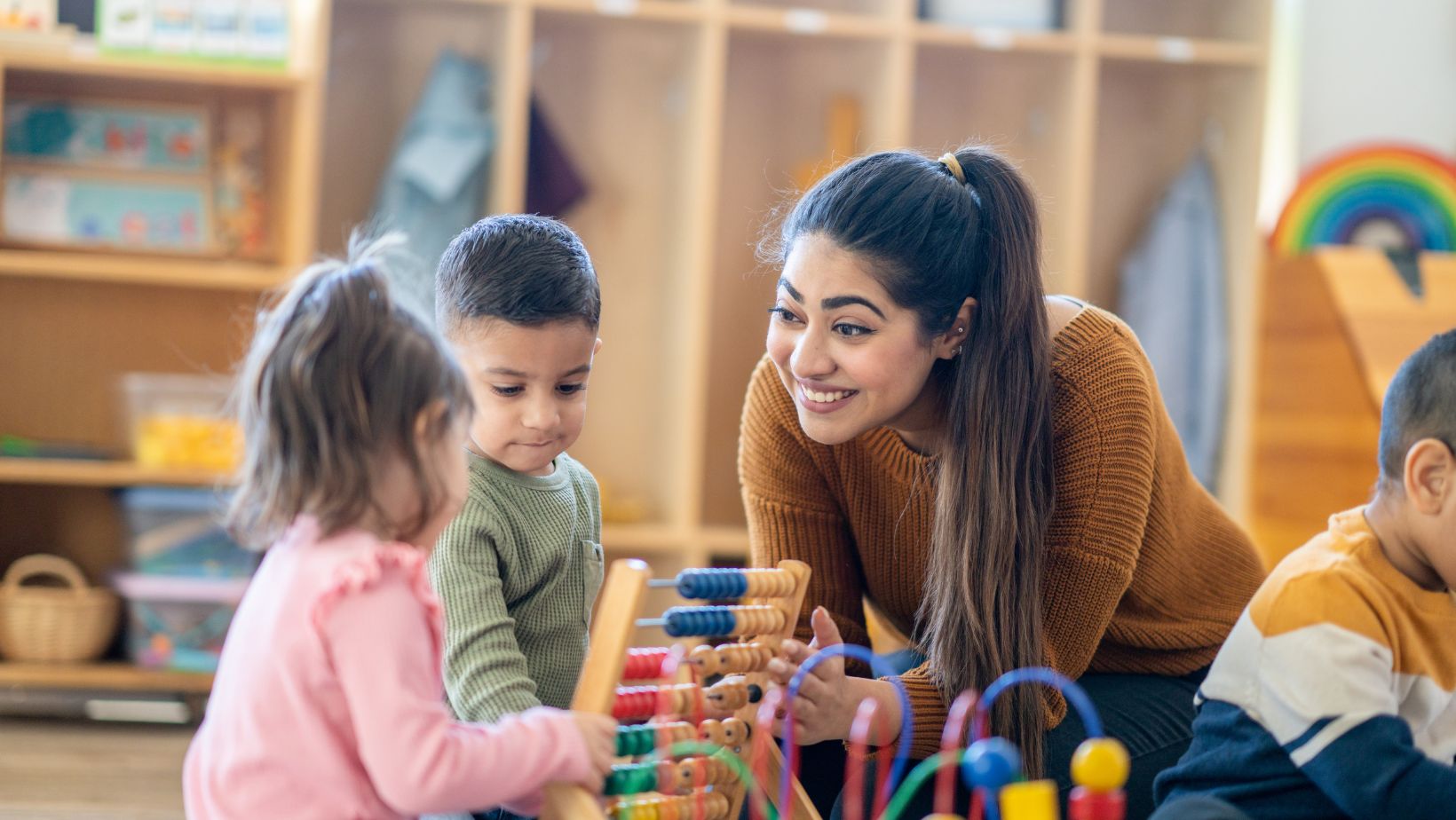
Key Takeaways
- Exploring creative teaching strategies can enhance student engagement and learning.
- Incorporating play-based activities supports cognitive development in young children.
- Integrating diverse resources and technology enriches the learning experience.
- Collaboration and feedback among educators foster innovation in lesson planning.
Creative and enjoyable activities are combined in engaging kindergarten lesson plans to pique students’ interest and develop fundamental abilities. Incorporating hands-on learning, storytelling, and playful tasks fosters active participation and boosts retention. Interactive elements like music, art, and games make lessons enjoyable, helping young learners stay engaged while developing essential cognitive, social, and motor skills.
The Art of Crafting Engaging Lessons
Crafting captivating lessons for kindergarten students is an art that requires creativity, intuition, and a deep understanding of young learners’ needs. This age group thrives on curiosity and imagination, so educators must create environments where learning feels like an adventure. By incorporating a blend of stories, art, and physical activities, teachers can introduce academic concepts in a way that resonates with students.
This approach not only aids retention but also promotes a love for learning from an early age. You can explore this comprehensive kindergarten resource to gain more insights into crafting innovative lesson plans.
Play-Based Learning: The Cornerstone of Kindergarten
Play-based learning isn’t just a method—it’s a philosophy that acknowledges play as a vital component of child development. When children engage in structured play activities, they learn how to solve problems, express themselves, and interact with others. Incorporating building blocks, role-playing, and nature exploration allows children to apply lessons in real-world contexts.

These activities foster critical thinking and collaboration skills that will serve them well beyond kindergarten. Teachers empower students to participate actively in their education by facilitating self-directed exploration.
Incorporating Storytelling for Development
One of the best strategies for capturing the attention of young students is still storytelling. It captivates their attention and turns complex ideas into digestible narratives.
Teachers can use props, puppets, or even digital platforms to bring stories to life in the classroom. For instance, a novel set in a forest can introduce themes of ecology and biology, while a tale about a voyage can make geography and math lessons more relatable. This method enhances memory retention and comprehension and nurtures creativity and emotional growth.
Using Technology to Enhance Learning
As we navigate an increasingly digital world, incorporating technology into kindergarten classes offers revolutionary educational potential. Technology can supplement traditional teaching methods by providing interactive, engaging, and personalized learning experiences when used judiciously.
Academic apps and online games can enhance understanding by offering immediate feedback and reiterative challenges catering to individual learning. These digital tools should be considered allies in learning, ensuring lessons are current, dynamic, and accessible to all students.
Emphasizing Social and Emotional Learning
Nurturing social and emotional intelligence in young learners is pivotal for their overall development. Social and Emotional Learning (SEL) programs help children develop empathy, resilience, and communication skills—all essential for personal and academic success.

Everyday lesson ideas may easily incorporate mindfulness exercises, group discussions, and cooperative projects. By focusing on SEL, teachers create a supportive environment where students feel safe to express themselves, take risks, and learn from each other.
Collaboration Among Educators
Collaboration between educators is essential for fostering innovation and improving teaching practices. By exchanging ideas, resources, and strategies, teachers can enhance their lesson plans and execution. Professional learning communities, workshops, and conferences update educators on the latest teaching methods.
By learning from each other’s experiences and insights, teachers can adapt and refine their approaches to meet the diverse needs of their students. Emphasizing collaboration fosters a culture of continuous improvement, benefiting educators and students alike.
Adapting Lesson Plans for Diverse Learning Needs
Recognizing and addressing students’ diverse learning needs is fundamental to effective teaching. Children possess different learning styles and paces, influenced by their unique backgrounds and abilities.
Teachers can create inclusive classrooms by personalizing instruction and employing differentiated teaching techniques. Whether a child learns best through auditory, visual, or kinesthetic experiences, lesson plans can be tailored to accommodate these preferences, ensuring that every student has the opportunity to grasp and engage with the material.
Encouraging Parental Involvement
An excellent educational framework is built on the foundation of parental participation. Educators can reinforce classroom teachings and create more robust support systems by actively engaging parents in their child’s learning process. Teachers can offer tools for at-home learning and urge parents to get involved in school events. Utilizing communication tools, such as newsletters and parent-teacher meetings, keeps parents informed and involved. This partnership between educators and families enriches students’ educational experiences and helps build a cohesive learning community.
In conclusion, by integrating creative strategies and developing supportive learning environments, educators can craft lesson plans that cater to young learners’ needs and spark lifelong curiosity. Combining traditional techniques with modern insights ensures a comprehensive and engaging educational journey for kindergarten students. Teachers’ collaborative efforts, paired with involved parents and interactive technologies, pave the way for a rich, dynamic, and inclusive educational landscape.




























































